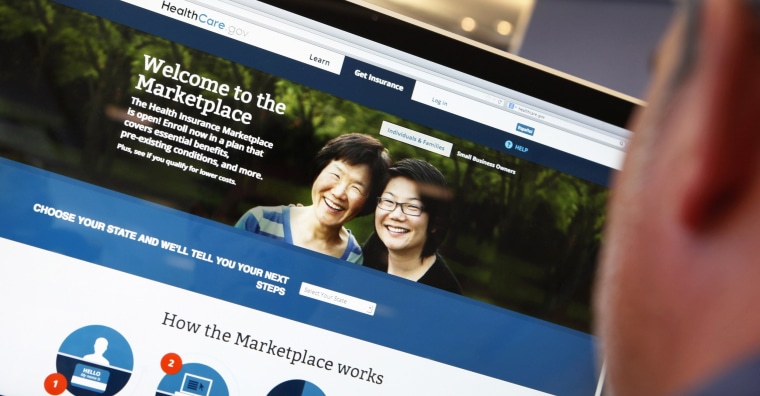The uninsured rate for Asian Americans dropped by one percentage point between 2015 and 2016 while it remained unchanged for Native Hawaiians and Pacific Islanders, according to data released last week from the U.S. Census Bureau’s American Community Survey.
Last year, 6.8 percent of people who said they were of Asian descent alone did not have health insurance compared to 7.8 percent in 2015, the data showed. For people who said they were of Native Hawaiians and Pacific Islander descent alone, the rate held steady those two years at 9.9 percent.
Meanwhile, the overall rate of those uninsured dropped to 8.8 percent last year, down from 9.1 percent in 2015, according to a U.S. Census report on health insurance coverage issued this month.
“We are thrilled to see the continued success of the Affordable Care Act, and the efforts of those who’ve engaged in outreach and enrollment work, reflected in the record low uninsured rate for Asian Americans and the continuing low rate for Native Hawaiians and Pacific Islanders,” Kathy Ko Chin, the president and CEO of the Asian & Pacific Islander American Health Forum (APIAHF), told NBC News in an email.
RELATED: Republicans Set to Give Obamacare Repeal One Last Try
President Donald Trump, both in the White House and on the campaign trail, has been a frequent critic of the Affordable Care Act (ACA). While federal figures show that uninsured rates have declined since it was signed into law by former President Obama in 2010, Trump and members of Congress have tried to repeal and replace the ACA, also known as Obamacare.
They have claimed that under the ACA premiums have increased and deductibles are high, but Asian American and Pacific Islander (AAPI) advocates have praised Obamacare for helping to insure more AAPIs.

Figures from the American Community Survey, conducted annually by the Census Bureau, show decreases in uninsured rates from 2015 to 2016 for Cambodians (9.9 to 7.9 percent), Native Hawaiians alone (8.2 to 6.5 percent), and Pakistanis (13.5 to 11 percent), among others.
Despite these drops, some groups still faced double-digit uninsured rates last year.
Among them were Bangladeshis (12.2 percent), Pakistanis (11 percent), Thais (11 percent), and Laotians (10 percent).
States like Alabama, Kansas, and North Carolina had some of the highest rates of Asians lacking health insurance, while Massachusetts, Hawaii, and Minnesota boasted some of the lowest, according to APIAHF and the survey.
APIAHF said in a statement that some states with the most insured were among those that expanded their Medicaid programs, which help people who cannot afford to pay for medical care.
Some community groups and advocates say detailed data like what’s collected for various ethnic groups in the American Community Survey can help expose disparities across the diverse Asian American, Pacific Islander, and Native Hawaiian spectrum. That includes in such areas as education, poverty, and health care.
But others, among them Chinese Americans, worry that compiling and categorizing such data, a process called disaggregation, could end up being used to advance race-based policies.
Several states — including Rhode Island, Washington, and Minnesota — require data disaggregation on education, according to the Southeast Asia Resource Action Center. California mandates it for data collected by the state Department of Public Health.
APIAHF said it feels it doesn’t have the necessary data to speculate why some Native Hawaiian and Pacific Islander groups are not seeing positive trends in health insurance rates.
The number of Micronesians without health insurance, for instance, rose to 13.2 percent last year, from 12 percent in 2015, according to the American Community Survey. For Samoans, the rate crept up to 9.4 percent last year, from 8.8 percent in 2015.
“These data serve as a reminder that, while we have made progress, policymakers must still focus on covering all of the remaining uninsured,” Chin said.
Follow NBC Asian America on Facebook, Twitter, Instagram and Tumblr.
